- Art
- Trade Sign I
Trade Sign I
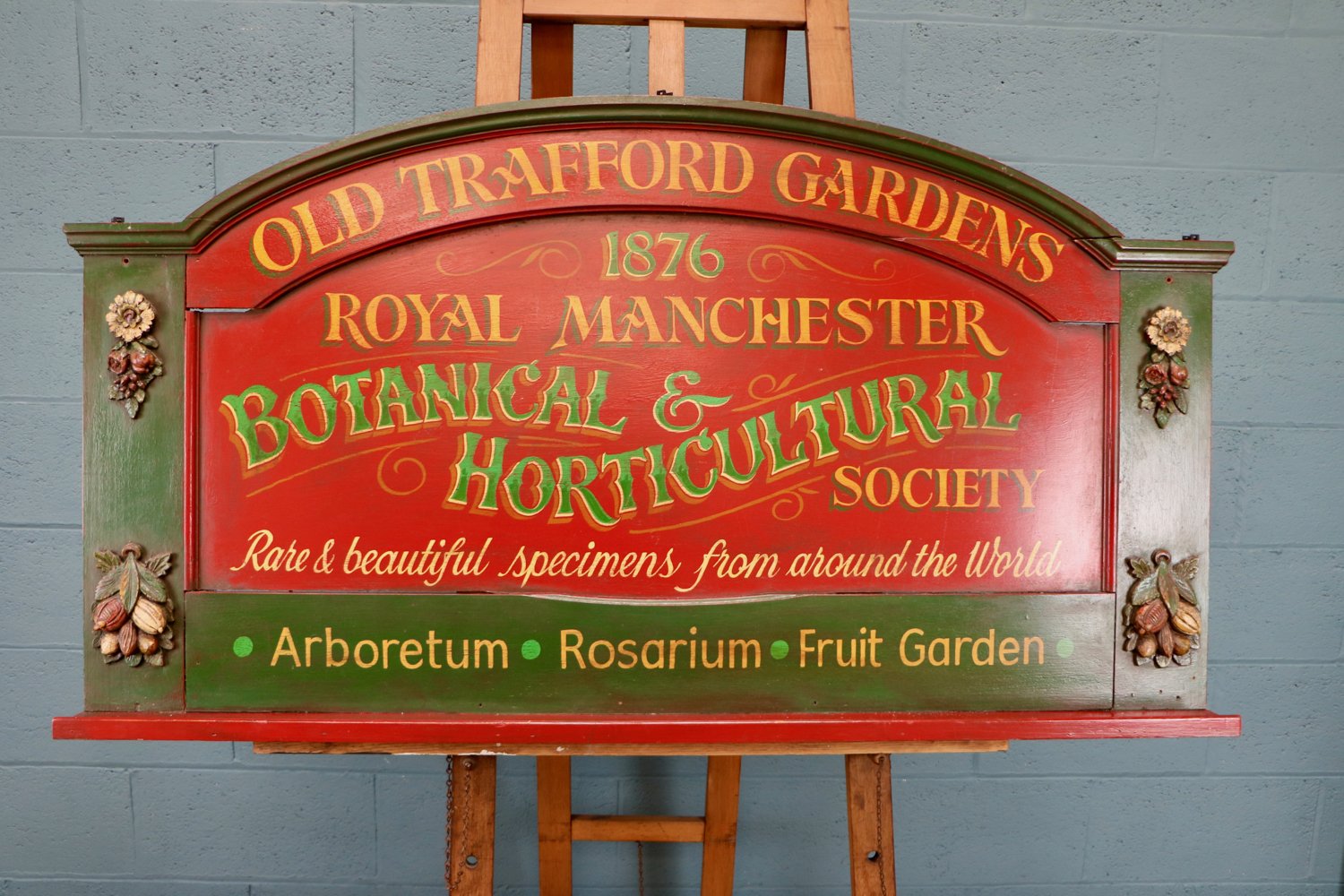
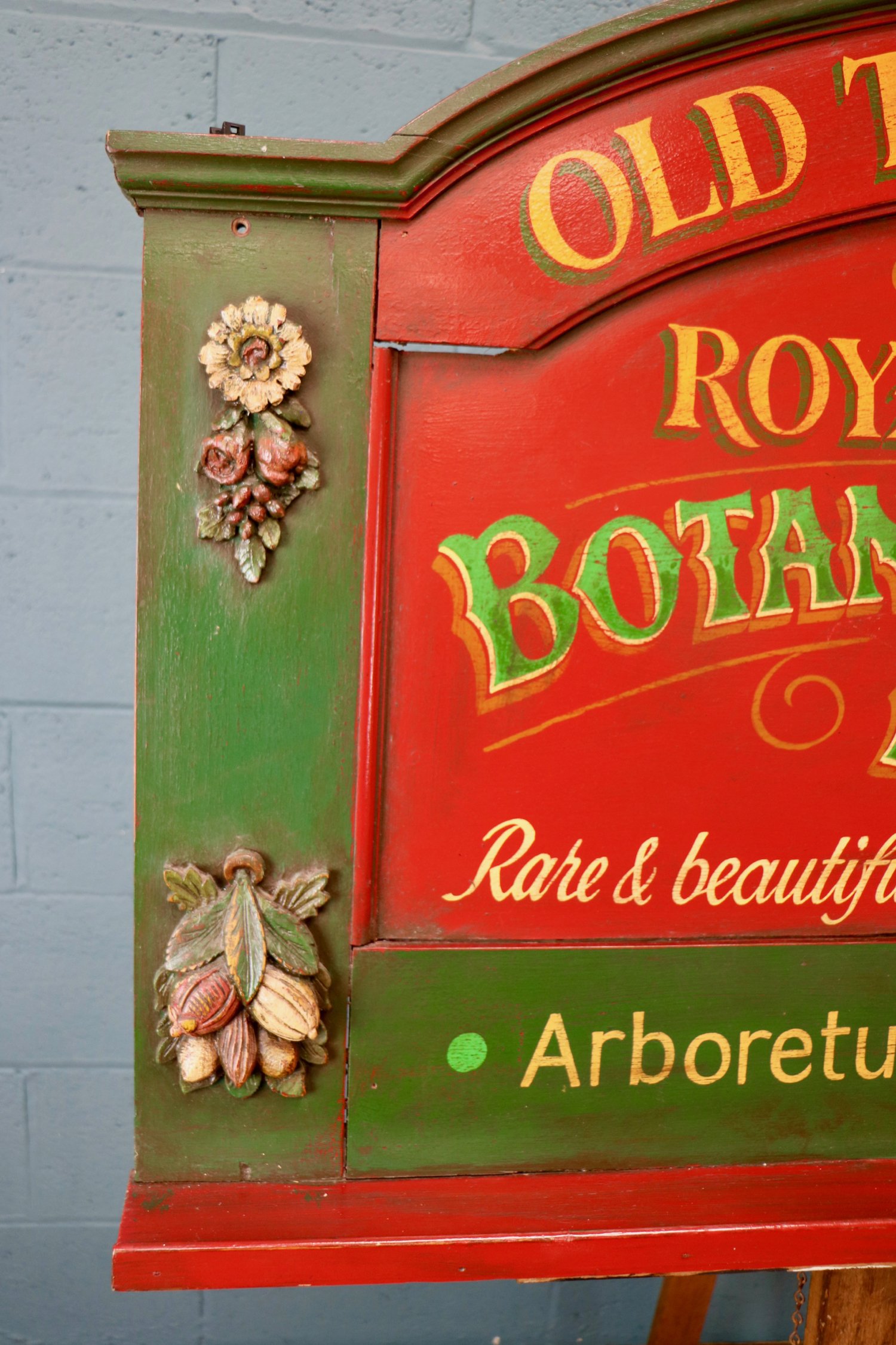
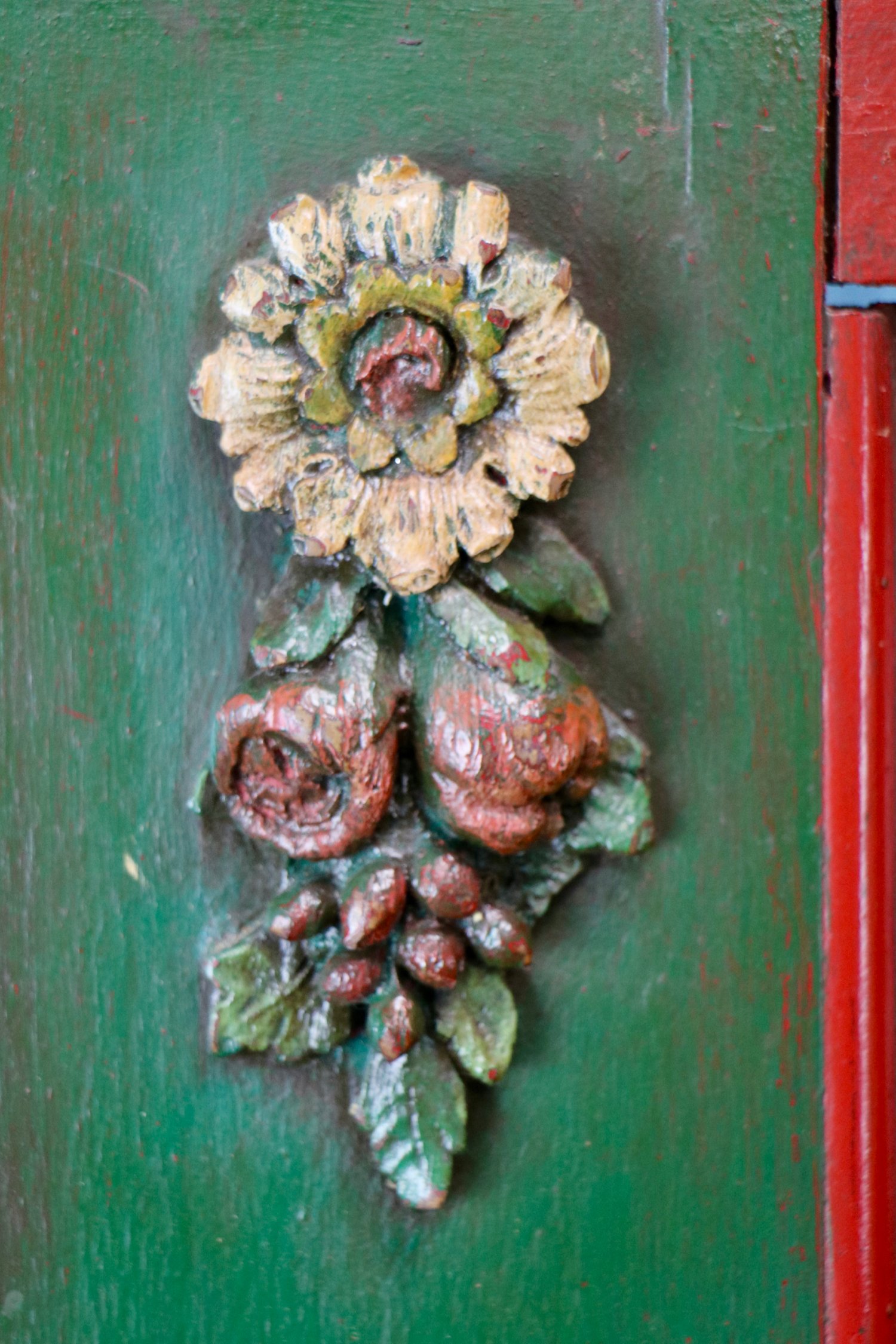
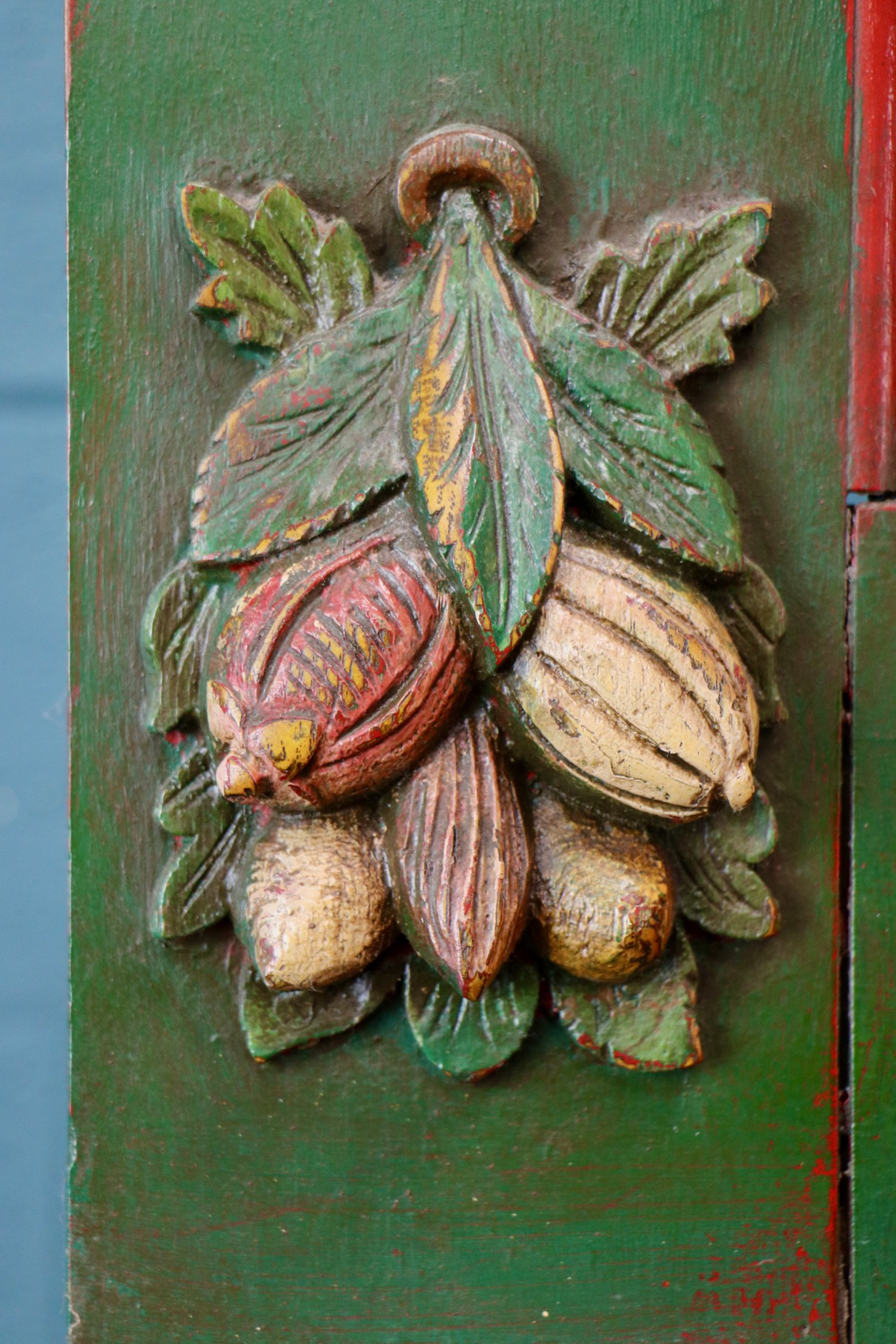
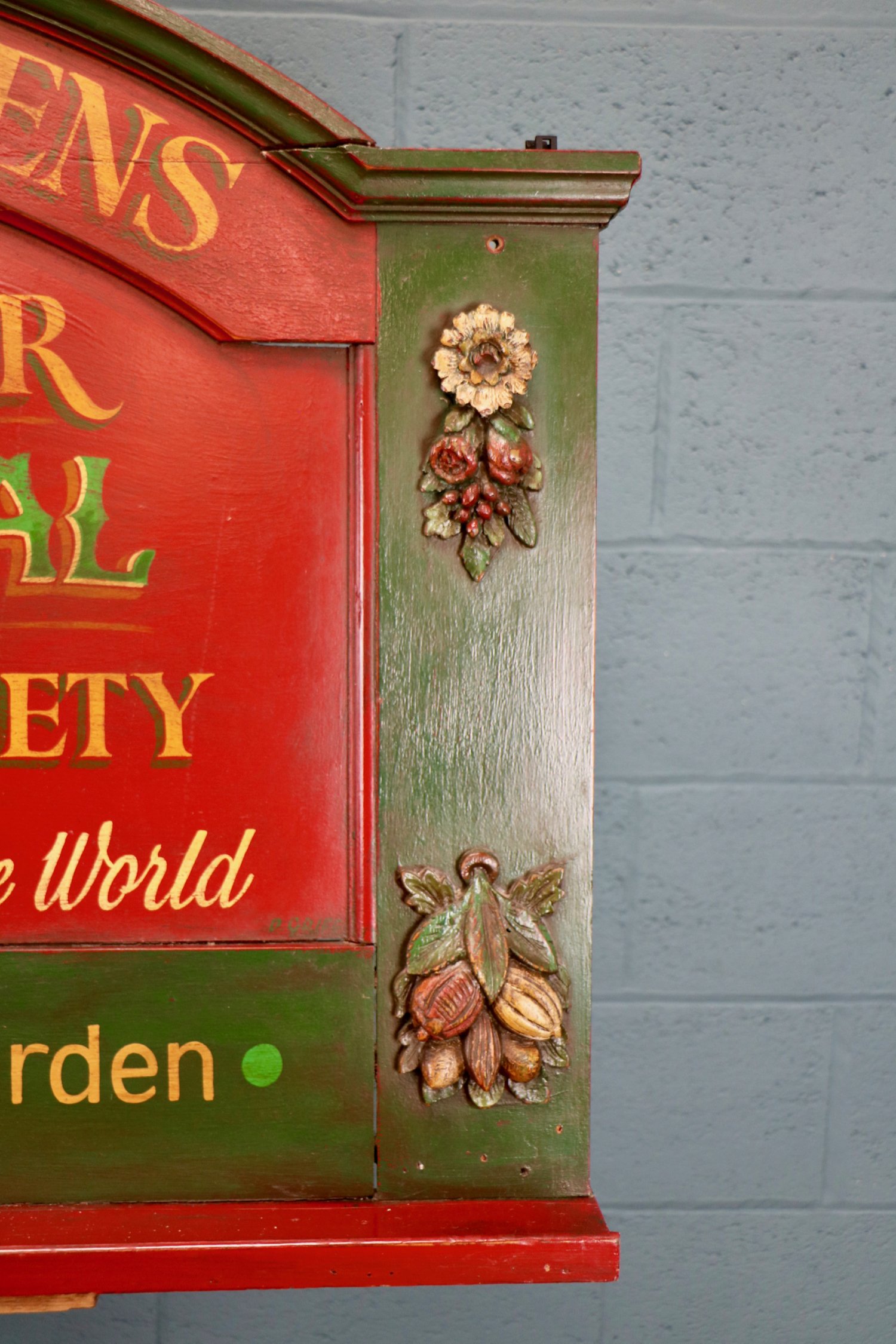
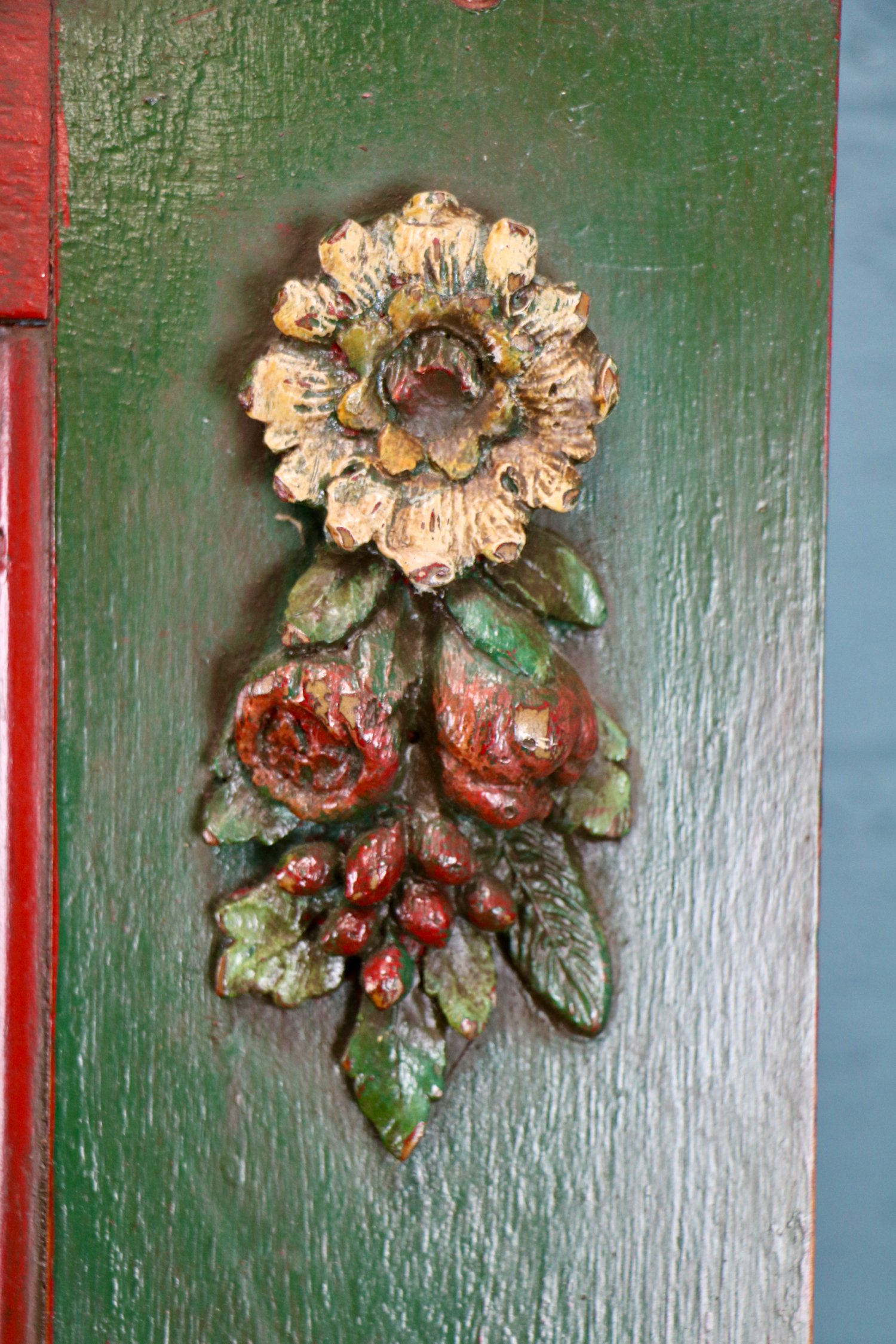
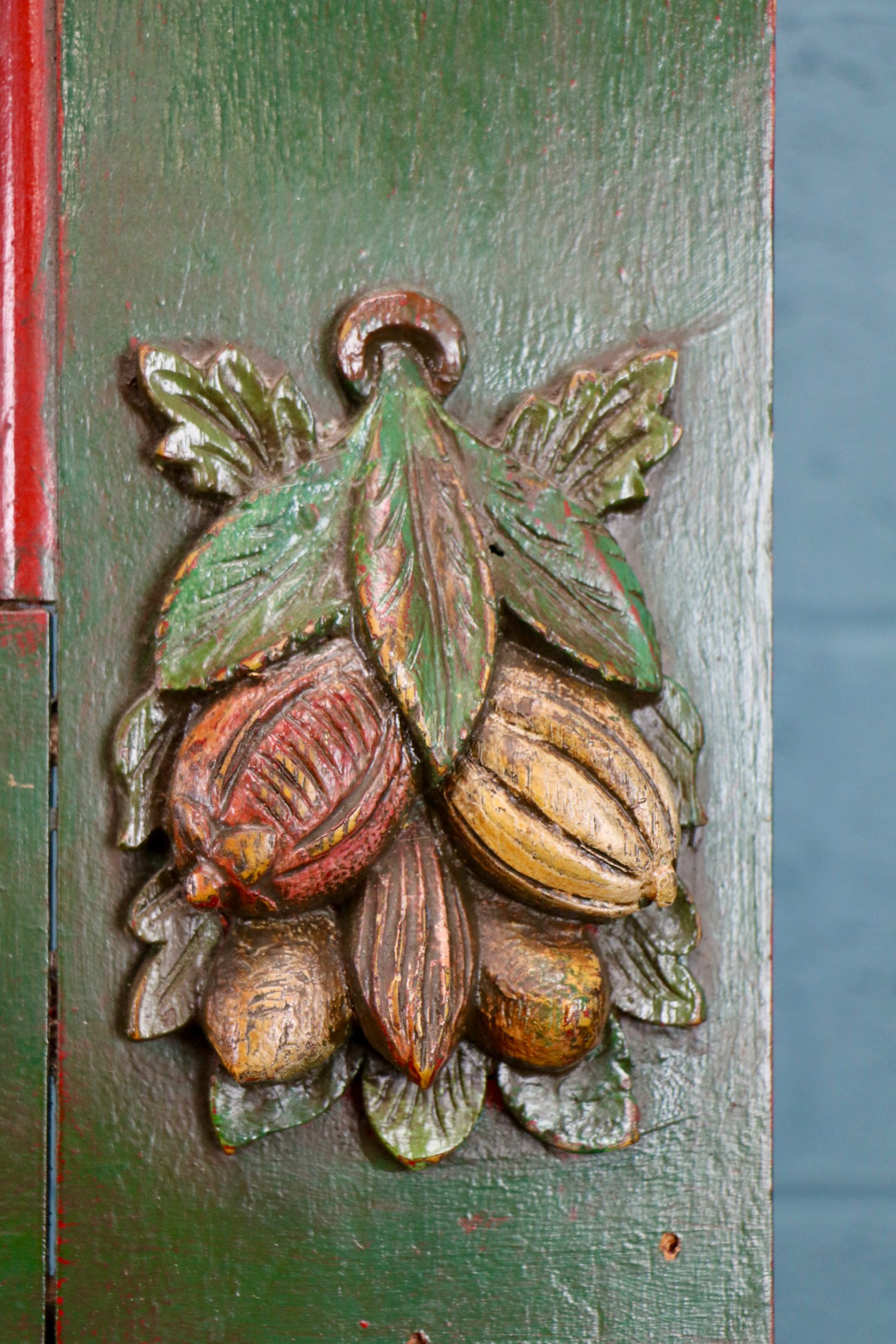
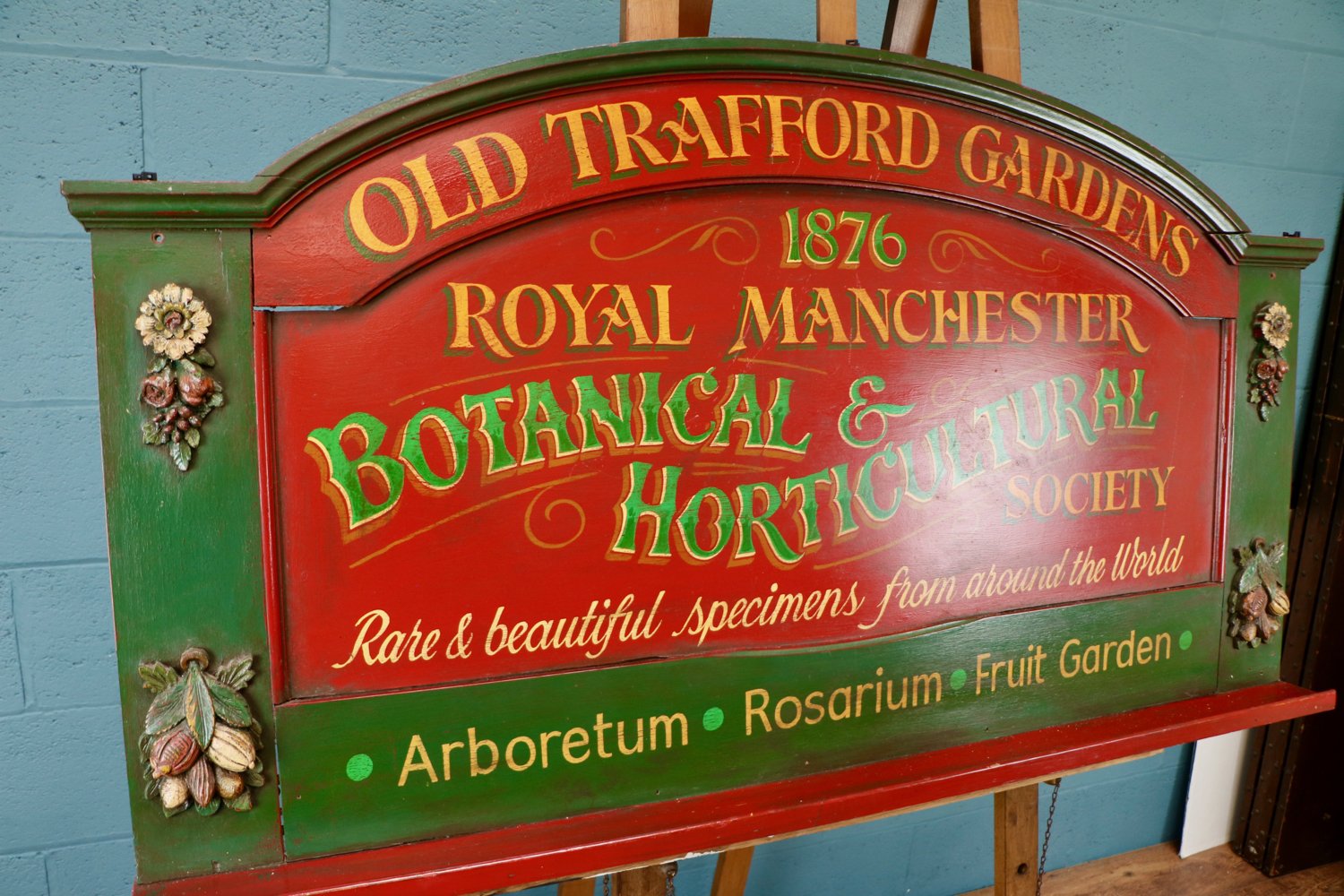
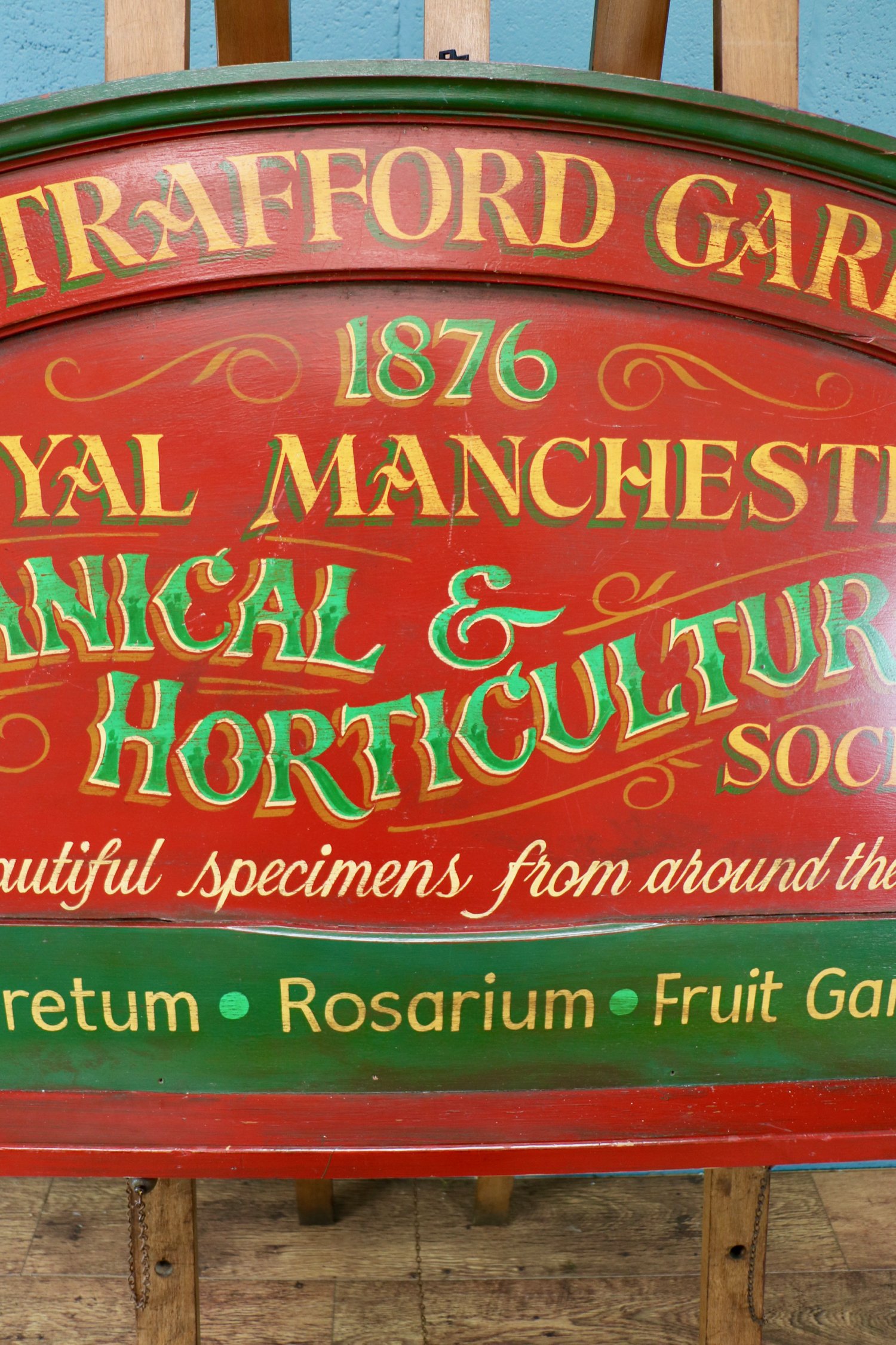
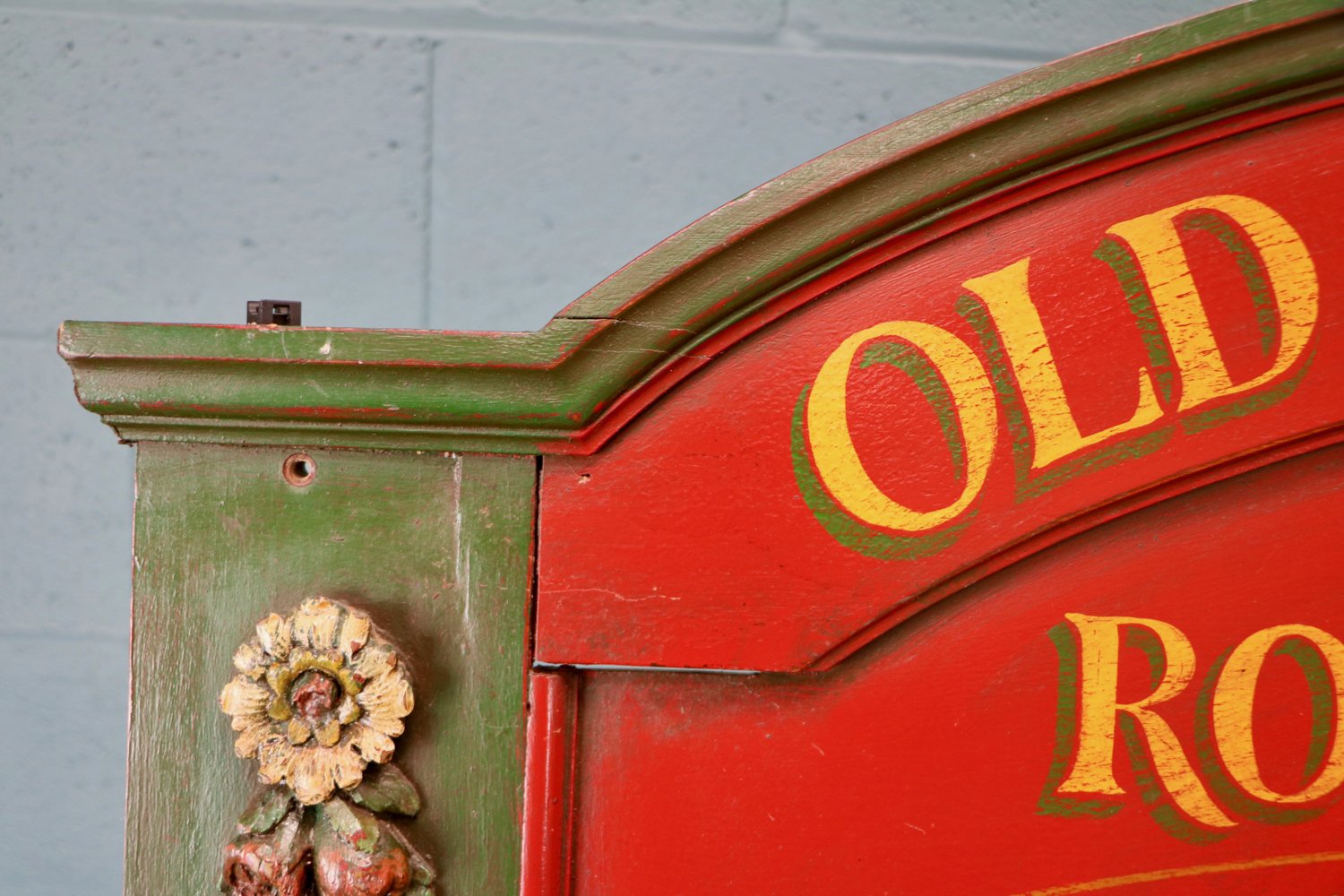
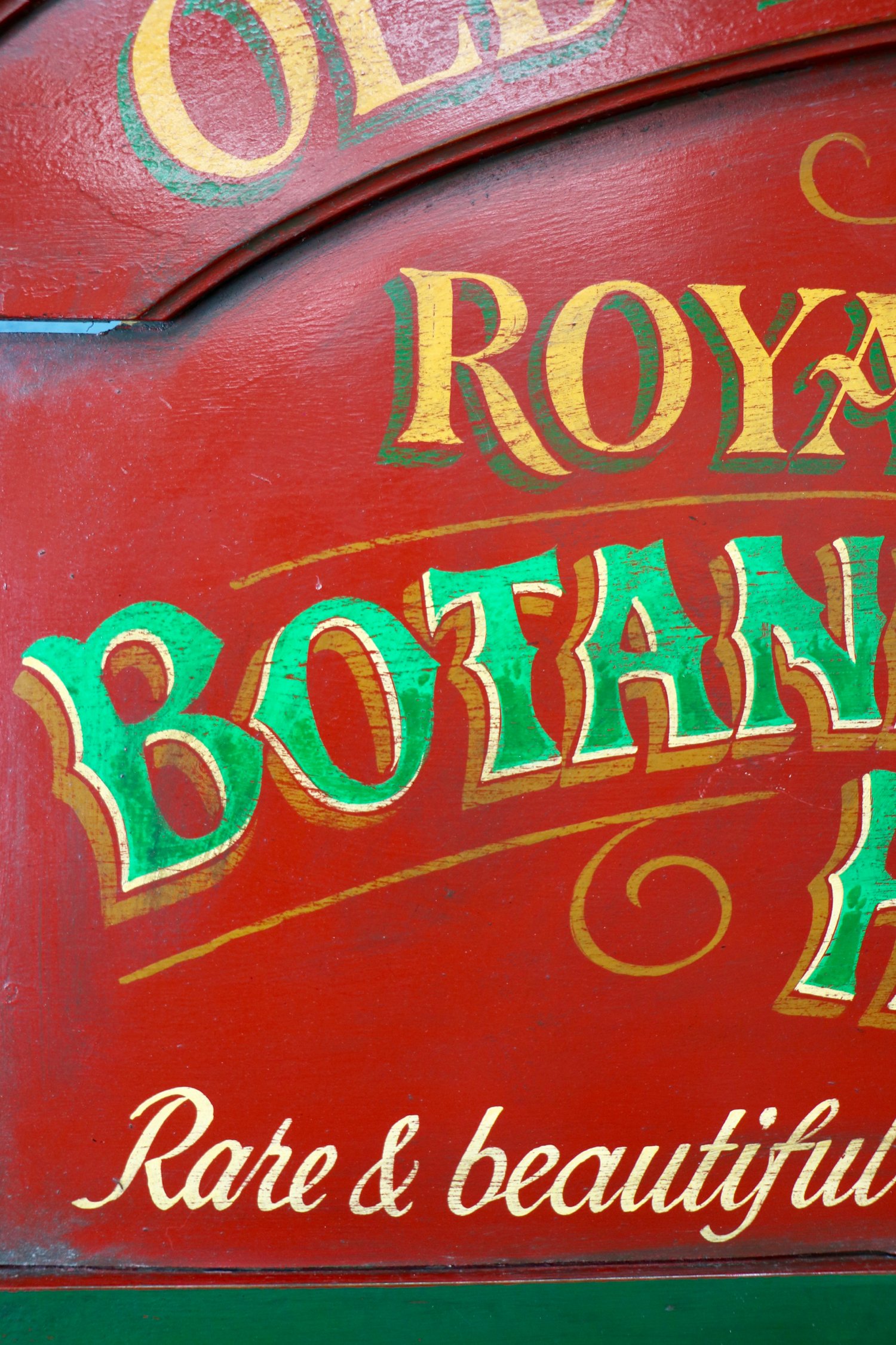
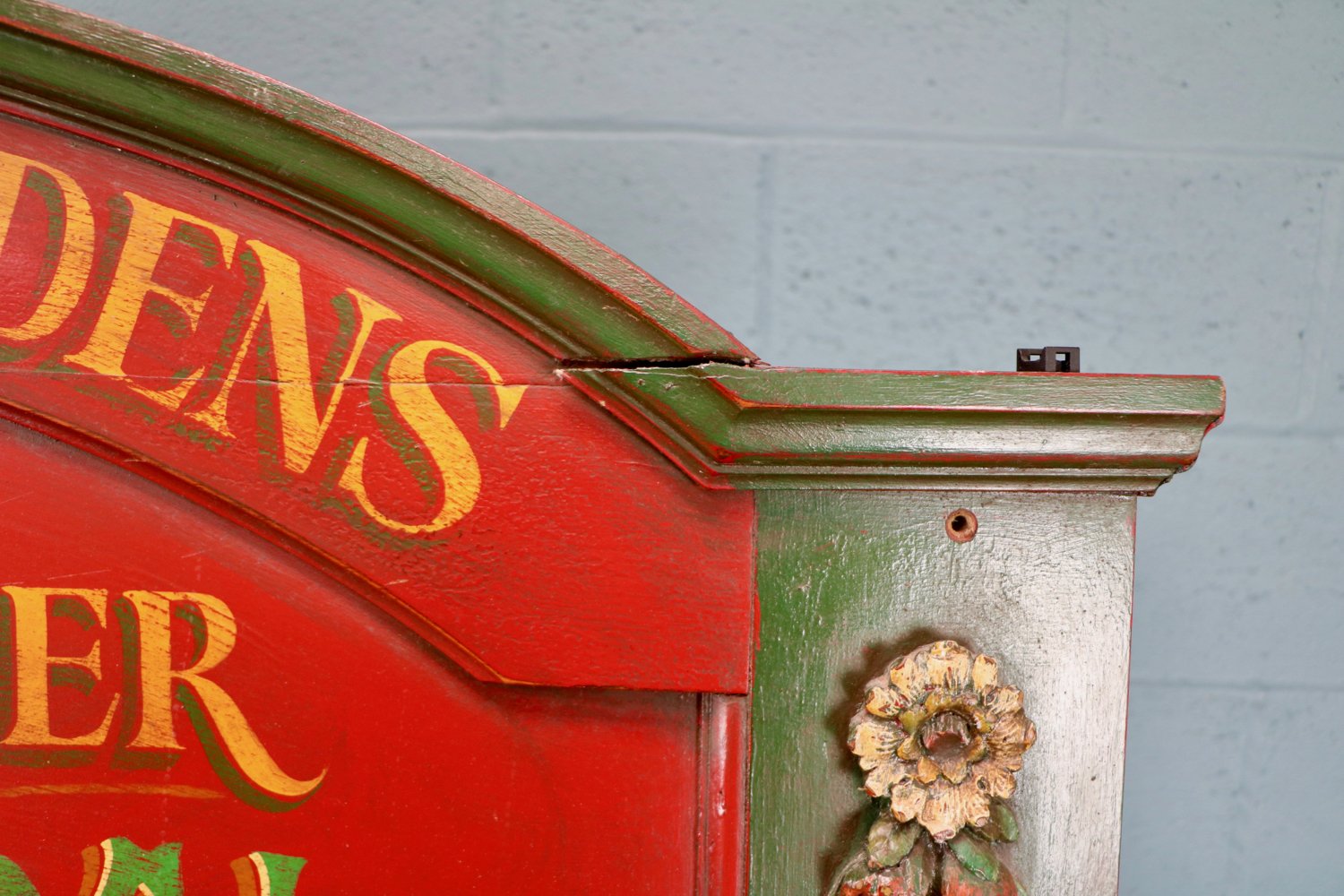
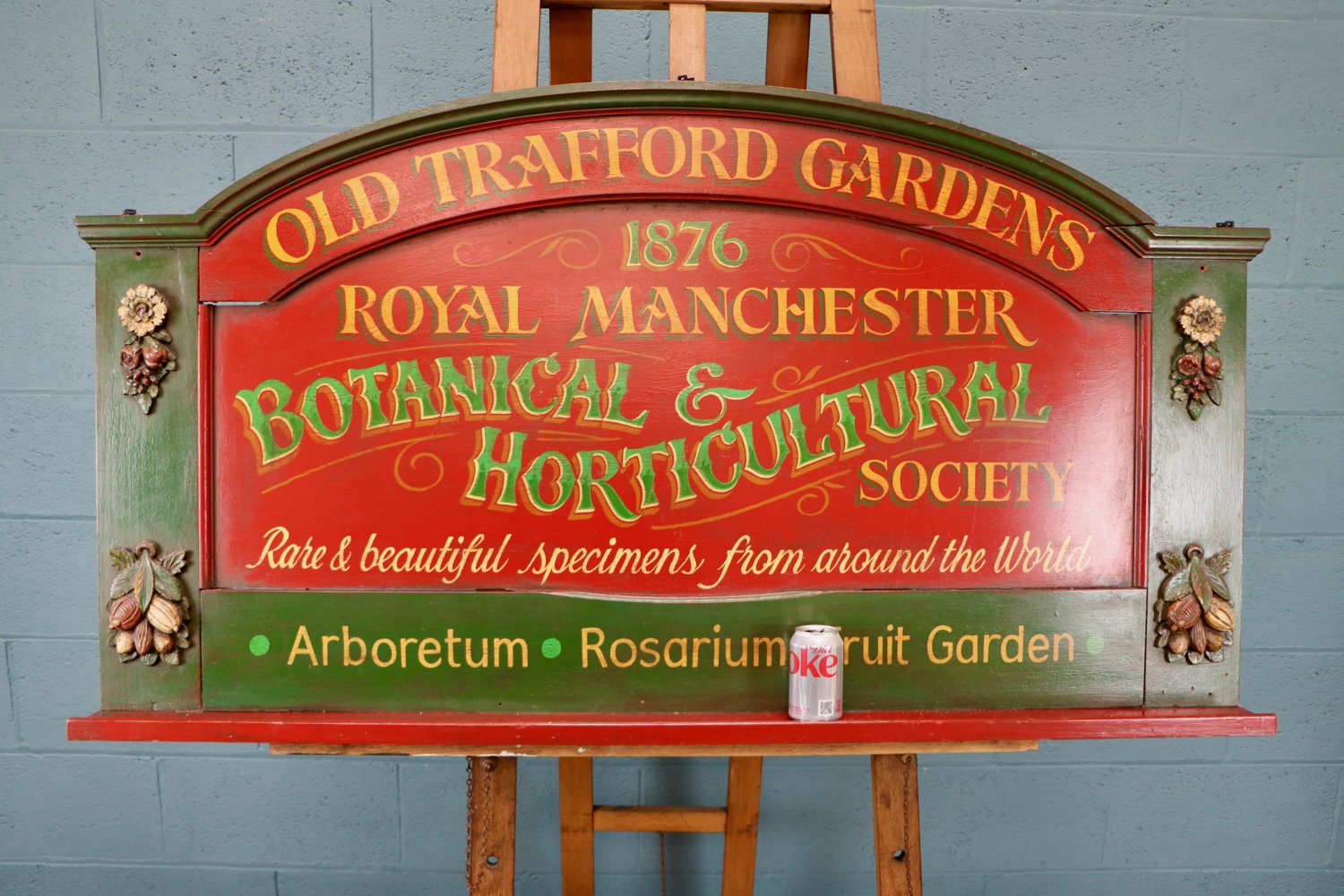
Trade Sign I
A large vintage trade sign for The Royal Manchester Botanical and Horticultural Society (1876 - 1882) in Old Trafford Gardens c early 1900s. Edwardian wood frame, hand painted sign, carved detail in relief to each side, shelf below. A very decorative sign with great colours and in very good condition.
From a private collection.
Dimensions: H81cm, W148cm, D11cm (with shelf), D4cm (sign)
A large vintage trade sign for The Royal Manchester Botanical and Horticultural Society (1876 - 1882) in Old Trafford Gardens c early 1900s. Edwardian wood frame, hand painted sign, carved detail in relief to each side, shelf below. A very decorative sign with great colours and in very good condition.
From a private collection.
Dimensions: H81cm, W148cm, D11cm (with shelf), D4cm (sign)
The Manchester Botanical and Horticultural Society (1827 - 1876) was established with an aim to provide “gardens for the recreation of the citizens of Manchester” and also to “further the scientific discipline of botany and horticulture…” The site of the botanical gardens was situated in Old Trafford on ‘the Stretford Road’ (known today as Chester Road), where the White City Retail Park stands today. It covered around twelve acres with the land sold to the society at a very reasonable price by Thomas Joseph Trafford, who evidently supported the endeavour. The botanical gardens were first opened to the public in 1830, three years after the Society was established.
The gardens were a success. By 1839 the gardens had matured, with fine specimens of trees and shrubs in the extensive arboretum. In the summer season exhibitions of fruits, flowers and plants proved very popular. The magnificent plant houses and conservatories extended some 321 feet in length and the domed roof of the central conservatory was forty feet high. Within were rare and beautiful specimens of plants collected from around the world. Elsewhere in the gardens were an ornamental lake, rockery, rosarium, extensive lawns, and a fruit garden with forcing houses. In 1839 there were 440 hereditary members enrolled
In 1876 the Society was granted royal patronage by Queen Victoria and the name was changed to the Royal Manchester Botanical and Horticultural Society (1876 - 1882). This sign reflects the naming of the Society during this period.
In 1882 it was proposed that a `rather more ambitious name should be adopted', and ever since the Society has been styled the Royal Botanical and Horticultural Society of Manchester and the Northern Counties (1882 - today). Royal patronage has been renewed on the accession of successive monarchs. However, in 1997 the Society was informed that Royal patronage would be withdrawn in 2002, although the Society could retain the word `Royal' in its name and the use of the Royal coat of arms on documents.
Towards the end of the 19th century, there was a simultaneous decline in membership of the Society, and subscription income fell. Wealthy Mancunians had moved out of the city to the suburbs and to outlying villages such as Didsbury, Bowdon and Alderley Edge, where they could indulge their horticultural interests in their own extensive gardens and interest in the Old Trafford Gardens had declined steeply. After attempts to persuade Stretford District Council and Manchester City Council to purchase the Gardens had proved unsuccessful, in 1907 the site was leased to the White City Limited, part of which was to used as an amusement park (MBH1/22, MBH7/3/9). A special general meeting held on 1 November 1927 resolved to sell the remainder of the land belonging to the Society, amounting to eleven acres, to Canine Sports Ltd, for use as a greyhound stadium (MBH2/1/6). The sum paid was £40,000, less expenses.